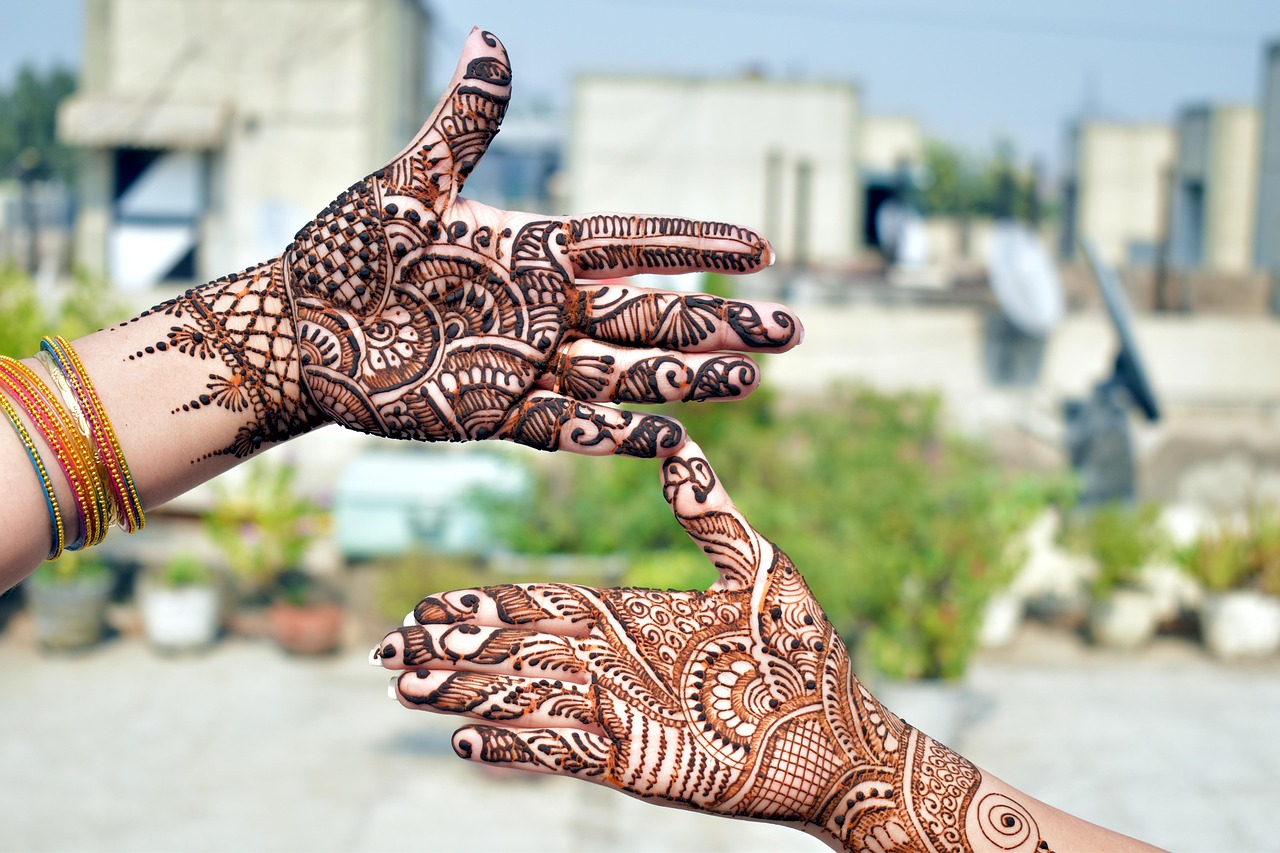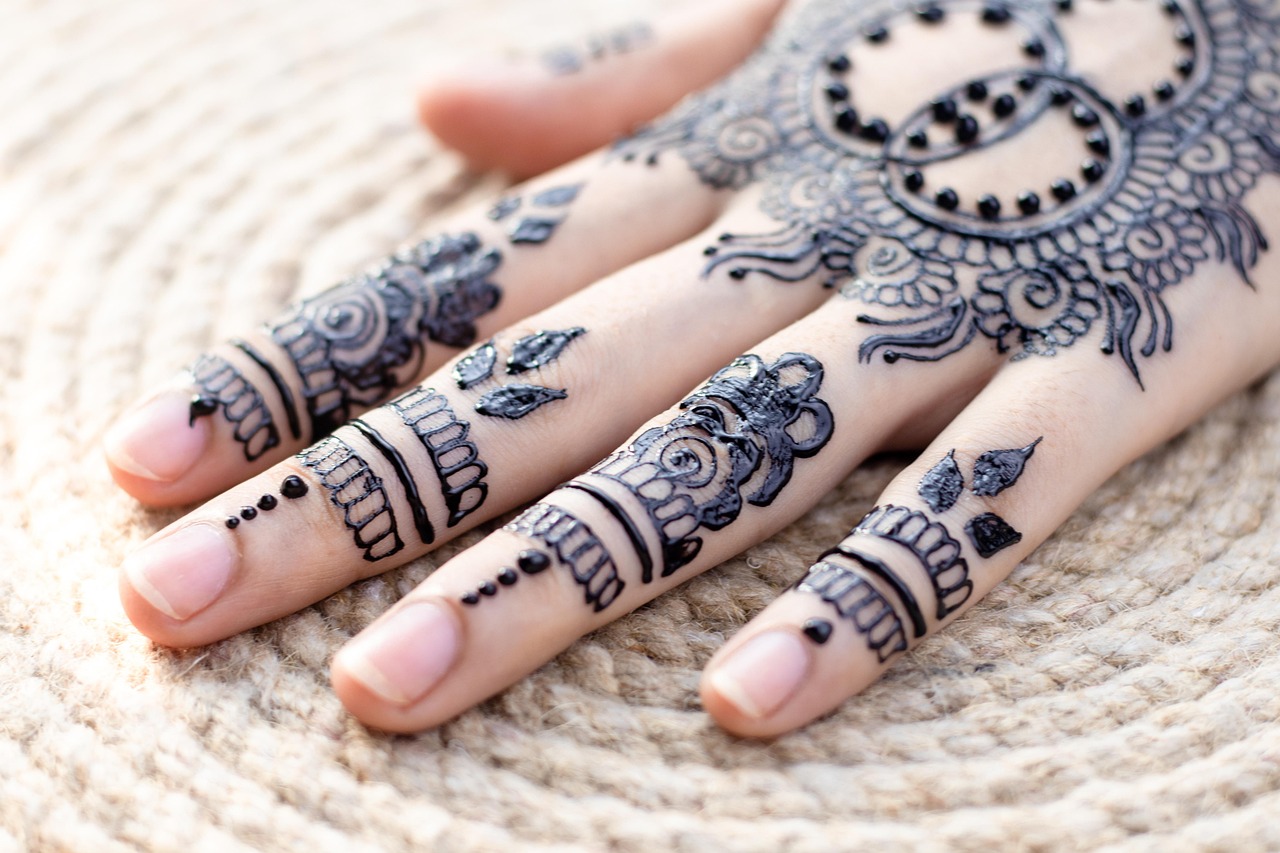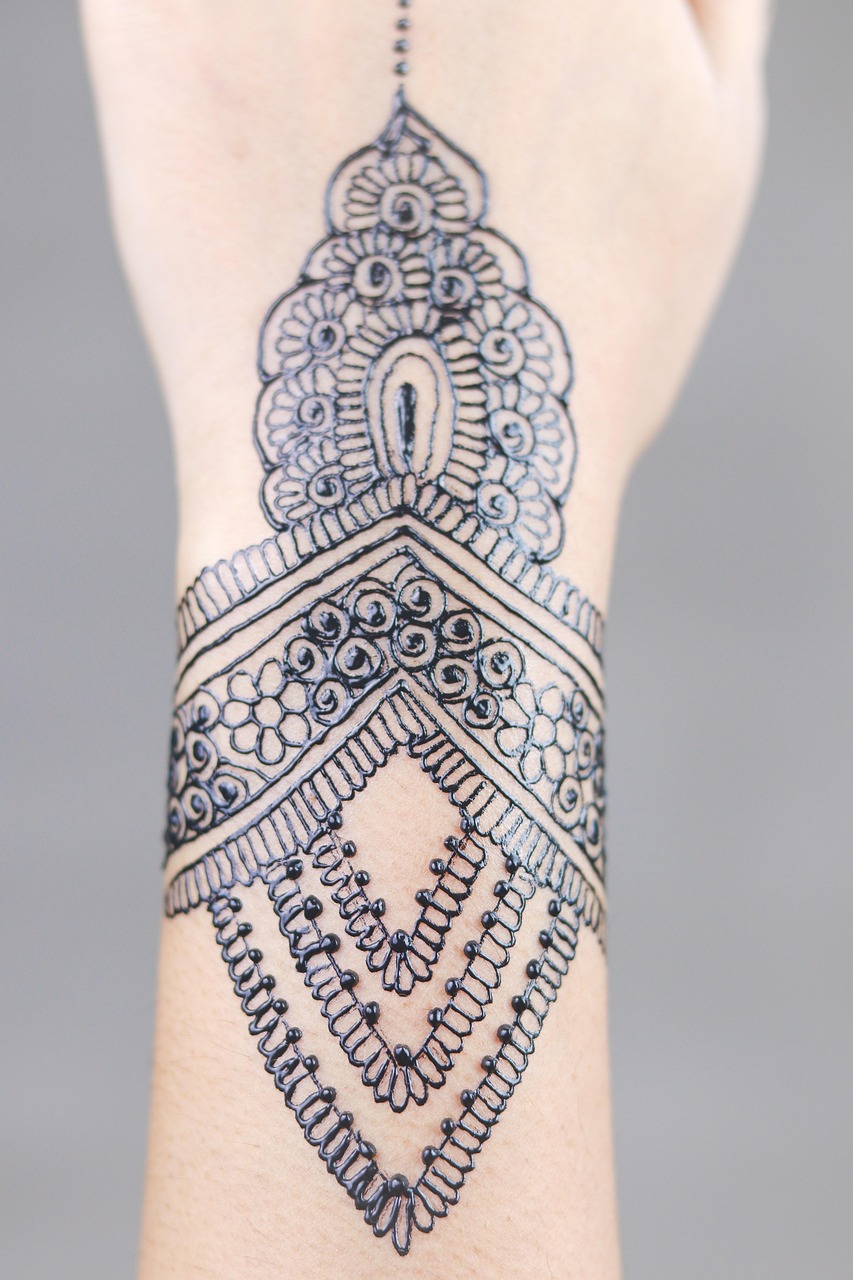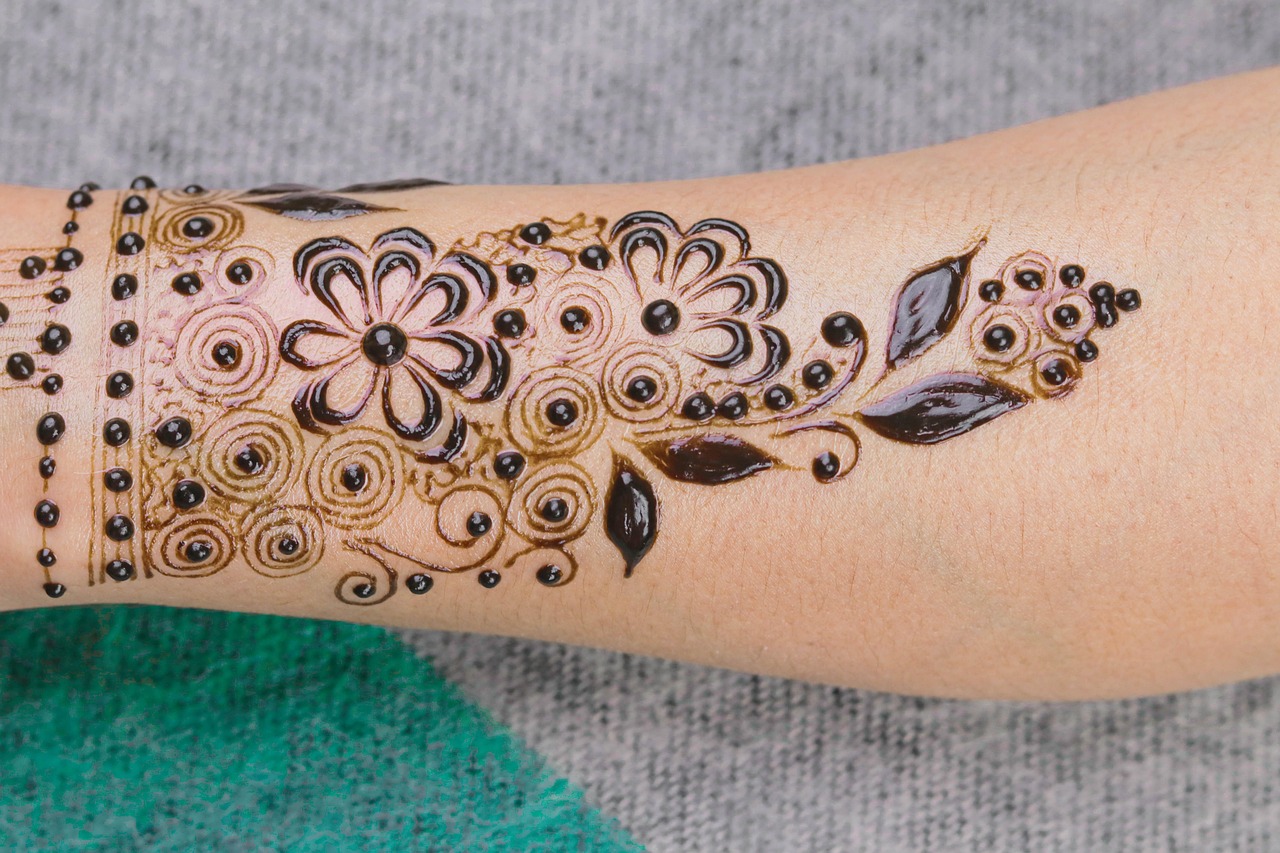Classic Mehndi Design: The Timeless Art of Intricate Patterns
Classic mehndi design holds an integral place in cultural celebrations, especially in South Asia and the Middle East. Known for its intricate detailing and timeless beauty, this art form adds a touch of elegance to weddings, festivals, and special occasions. Whether youâre a bride-to-be or a henna enthusiast, understanding classic mehndi designs can help you appreciate their cultural significance and aesthetic appeal.
Key Aspect of Classic Mehndi Design
The hallmark of a classic mehndi design lies in its traditional motifs and symmetrical patterns. These designs often include florals, paisleys, and fine lines that symbolize joy, prosperity, and new beginnings. They are typically applied on hands and feet, although modern adaptations have expanded their placement and detailing.
What Are the Most Popular Motifs in Classic Mehndi Design?
Florals and paisleys are the most iconic motifs in classic mehndi designs. Often intertwined with vine-like patterns, these symbols signify growth, femininity, and celebration. Circular mandalas are another staple, representing eternity and balance.
Did You Know?
According to a report by Britannica, mehndiâs origins date back over 5,000 years, with evidence of its use in ancient Egyptian and Indian cultures for both beautification and medicinal purposes.
Tips for Choosing the Perfect Classic Mehndi Design
Selecting the right mehndi design depends on the occasion, your personal preferences, and even regional styles. While some variations sway towards minimalism, others gravitate towards maximal intricacy. Bridal mehndi designs, for instance, often feature elaborate patterns covering the entire hand and forearm.
How Do I Decide Between Simple and Extensive Patterns?
If youâre attending a festival or party, opt for simpler designs that are quick to apply yet elegant. For weddings or milestone events, detailed, layered designs will make a more striking statement.
Real-World Example
A popular case is the Rajasthani mehndi style, which incorporates intricate patterns inspired by folk art, while the Arabic mehndi style leans towards bold and flowing designs. Both are rooted in classic traditions yet cater to different aesthetics.
Additional Tips for Achieving Stunning Classic Mehndi Designs
To get the best results with classic mehndi, itâs essential to work with quality henna and a skilled artist who understands the nuances of traditional patterns. Preparation and aftercare also play a major role in ensuring your design stands out beautifully.
How Long Should I Keep Mehndi On for Best Results?
The longer you keep the mehndi paste on your skin (10-12 hours ideally), the darker the stain will appear. Wrapping the design in plastic or cling wrap can aid in deeper coloration.
Pro Tip from Experts
According to renowned henna artists, adding a mix of sugar and lemon juice to your drying design can keep it hydrated, helping the stain deepen over time. Avoid water contact for 24 hours after application.



